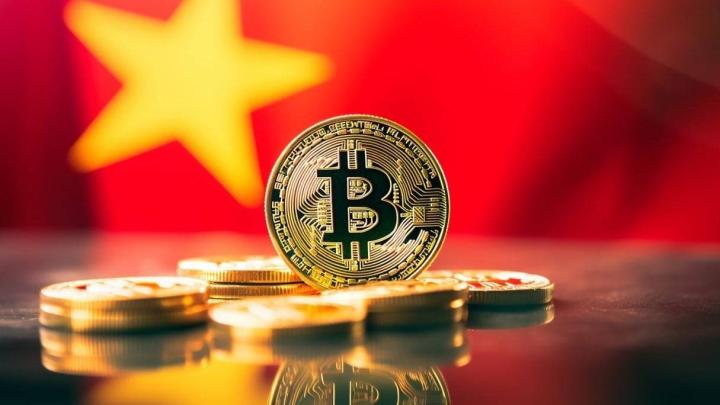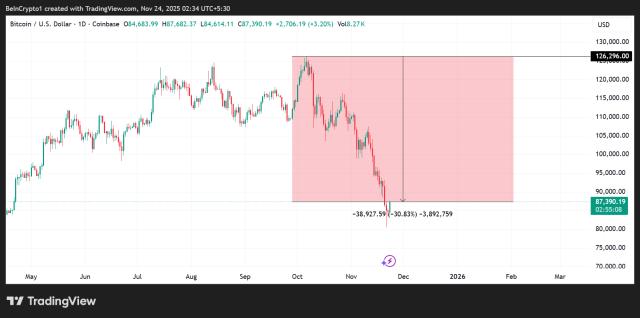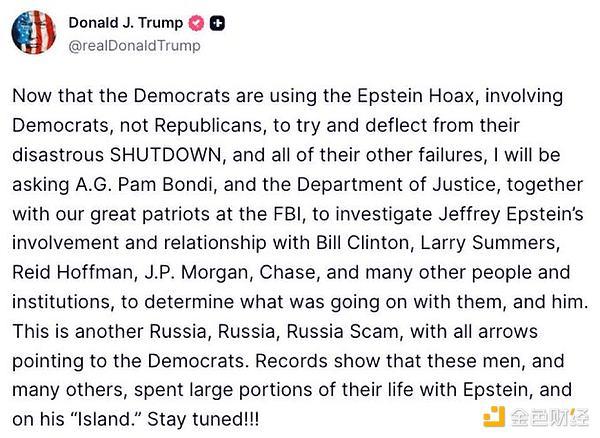Recent progress in Ethereum's ZK technology has exceeded expectations, especially the recent breakthroughs by Succinct and ZKSync. Succinct's SP1 Hypercube can prove 99.7% of Ethereum L1 blocks in 12 seconds using 16 RTX 5090 GPUs, a 5x efficiency improvement over six months ago; ZKSync Airbender recently demonstrated generating Ethereum L1 blocks using two 5090 GPUs. Succinct optimizes a low-latency general-purpose zkVM; ZKSync's Atlas/Airbender integration achieves sub-second settlement and 15k TPS (specifically referring to high-frequency payments/transfers, not general-purpose); Brevis emphasizes cross-chain data coprocessors. The efforts of these three have greatly advanced the entire Ethereum ZK ecosystem: all three are working to build the ZK infrastructure stack: general-purpose proofs (Succinct) + efficient rollups (ZKSync) + data bridging (Brevis), driving the Ethereum ZK ecosystem from fragmentation to integration. The above progress is just some data; more importantly, what does this progress mean for the Ethereum ecosystem? * Higher TPS It allows for a more confident increase in gas limits. Previously, ZK proved computationally intensive, typically requiring 50-160 high-end GPUs to process a block in 12 seconds. Now, if progress reaches the point where only two 5090 GPUs are needed, it means the feasibility of proving larger blocks (higher gas limits) increases. This directly improves L1 throughput without sacrificing decentralization. * Lower Costs L2 costs, in particular, will continue to decrease, potentially dropping to a cent or even a fraction of a dollar. L2 fees, such as those for zksync, will continue to decline, becoming barely noticeable to ordinary users. Furthermore, the Fusaka upgrade in early December, and the gradual increase in blob capacity, will further reduce L2 costs. * Increased ETH Burning Following Fusaka in early December, Blob capacity increased. While L2 fees will decrease, the fee guarantee mechanism after the Fusaka upgrade (EIP7918), combined with ZK technology, has the potential to further drive the development of L2 applications. More application chains similar to Lightner will emerge, and the increased transaction volume could lead to more ETH burning. In summary, the Ethereum L1/L2 ecosystem has gradually shifted from "expensive/slow" to "provable scaling." Succinct, Zksync, and Brevis have contributed to the overall expansion of the Ethereum ecosystem without sacrificing decentralization (and even facilitating its further decentralization). From an ecosystem development perspective, this has laid an important foundation for the Ethereum ecosystem, especially for L2 to truly transition to consumer-grade applications. Future scenarios such as privacy DeFi, AI proxy economics, and RWA will all benefit. The subsequent ecosystem evolution will become increasingly interesting.
This article is machine translated
Show original
From Twitter
Disclaimer: The content above is only the author's opinion which does not represent any position of Followin, and is not intended as, and shall not be understood or construed as, investment advice from Followin.
Like
Add to Favorites
Comments
Share







